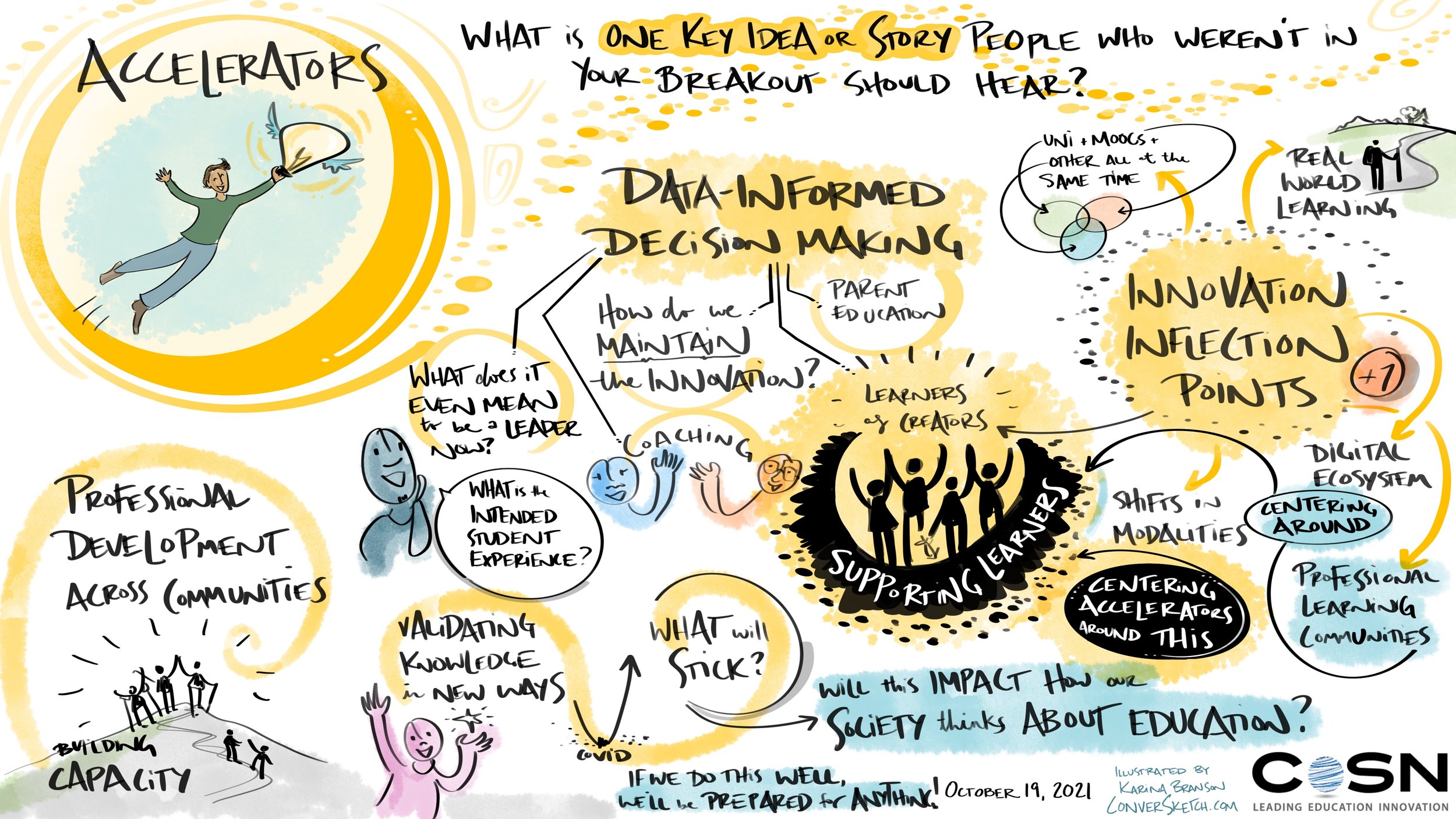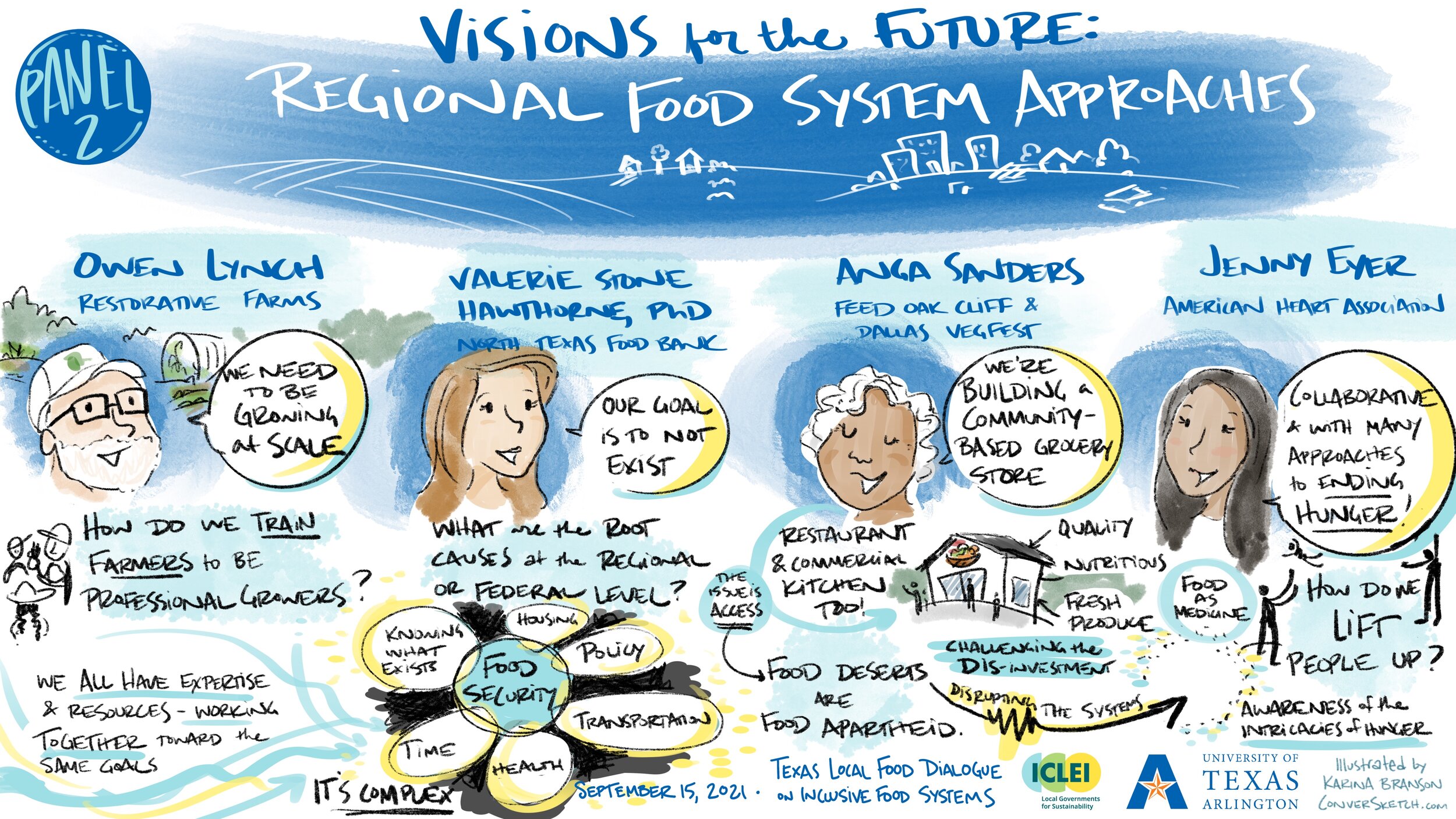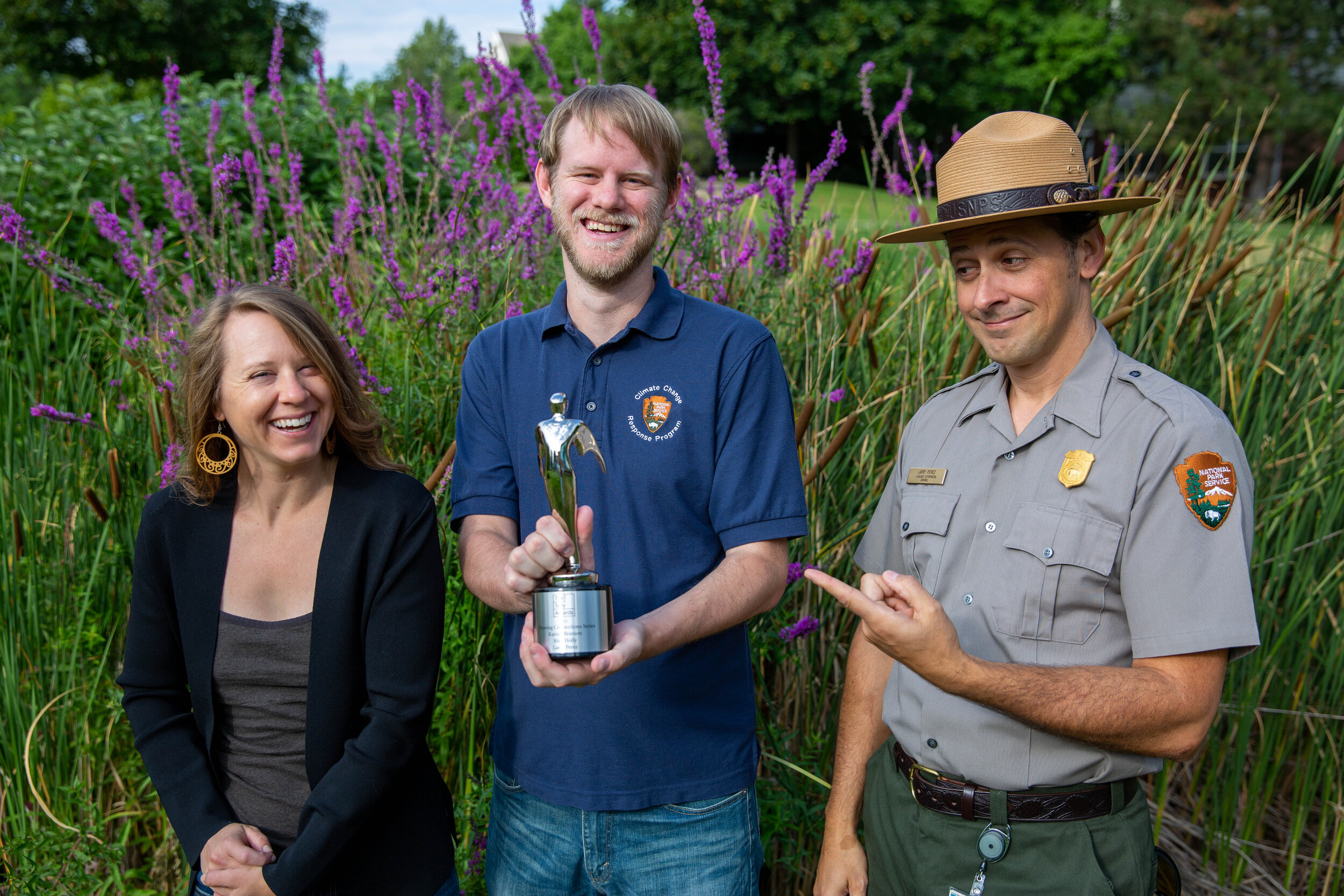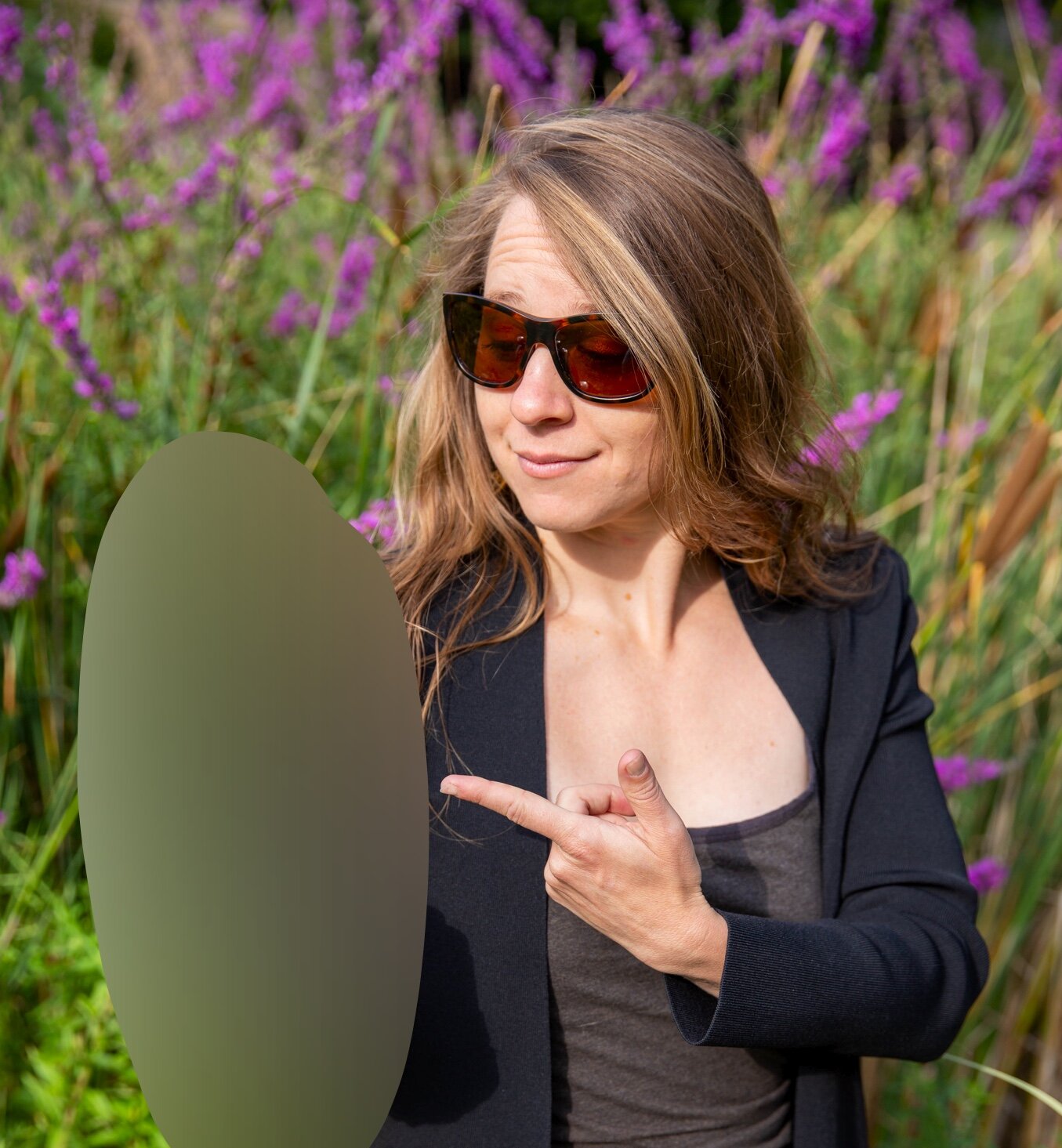Right click to download and use this friendly tool!
If you’ve ever found yourself marveling at the number of meetings in your calendar and wondering “when am I actually going to get my work done?”, this newsletter is for you.
Here’s a checklist I created for myself while planning for graphic facilitation work, to make sure I was using my time lately, adapted for y’all. When convening a meeting, try
Have an agenda: What is the purpose of the meeting, and what are you hoping to have done by the end? This can be as simple as weekly check in to be on the same page, or more complex, running through a few different tasks.
Share the agenda with participants ahead of time so they know what to expect – ask for any additional items
Option - when sending the agenda, include a focusing question for folks to bring ideas. You might consider:
What’s one thing you wish we had gotten to do last meeting we didn’t?
What are you hearing/what are we doing that’s resonating with you right now?
What is the one most important thing we need to do by X date?
Establish roles: Such as a timekeeper, notetaker, and/or Accountabili-buddy. During the meeting, ask someone to keep time so you can stay on track. This is especially helpful if you designated a specific amount of time for each agenda item, and if not, to let the group know when you’re halfway through the time. Making sure things are documented, and someone who has the social license from the group to follow up on action items (accountabili-buddy) if needed can also be helpful.
Include time for Closing: Leave 5-10 minutes at the end to review action items for each person.
If you’d like more ideas for how to make the most of your meetings, check out this post from the Before Times, which is still chock full of useful tips!
Once again, thank you from my heart and soul for your support, great senses of humor, brilliant minds, collaboration and what you're each doing to make the world a better place.
Cheers,
Where in the Virtual World is ConverSketch?
I’m Headed to the Grand Canyon Next Week! A friendly reminder I’ll be in the backcountry from October 28-November 24 without access to phone or internet. Thanks in advance for your patience, and if you’re looking for a graphic recorder during that time, I’m happy to connect you with someone in my network who rocks! Photo by Spencer Branson, on our last trip in spring 2019.
CO HIV/AIDS Strategic Planning: Beginning with listening sessions, CDPHE and DEPH are convening folks from all over the state to offer insights, experience, and ideas to co-create a strategic plan for ending the HIV epidemic in Colorado.
K-12 Innovation: We’re in the midst of a series of Discussion calls with education leaders and innovators from across the country, this week discussing Accelerators of innovation in education they’re noticing. These discussions will feed into virtual summits and reports.
Explora STEM Stories: I’ve been working with the Explora Museum in New Mexico to illustrate stories of indigenous community leaders in STEM (science, technology, engineering, and math). They’re starting to post the time lapse drawings on their Instagram feed, including this one from Sam Woods.



















































